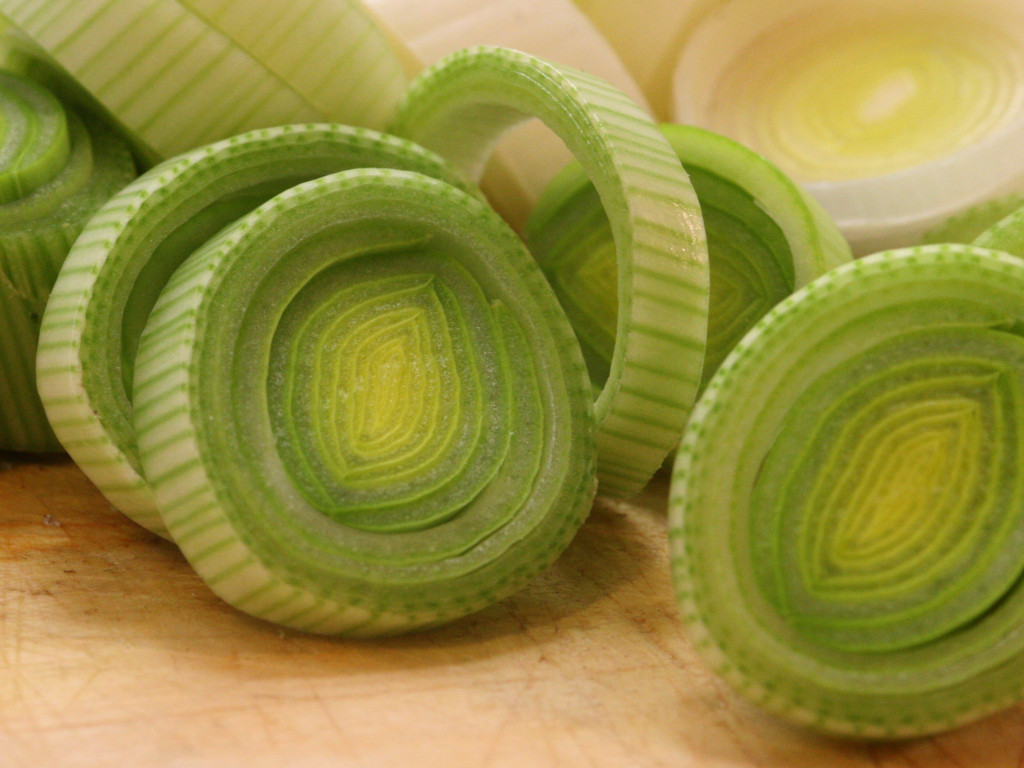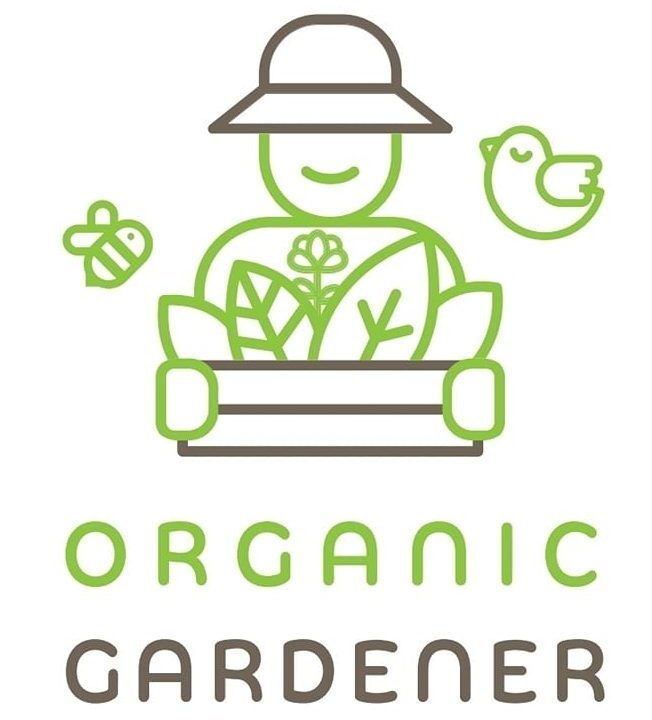Leeks belong to the garlic family and are a leafy crop (like purslane, chicory, lettuce). The white, thick shaft of leeks is the main ingredient. It consists of the densely packed, juice-rich lower ends of the leaves.
The green part of the leaves and the roots are eligible for consumption. Although the roots are not always in good condition (sometimes dried out, damaged, rotted away), the upper leek green can also become stringy, tough and bitter when older.
First cut the rootlets loose from the shaft before using them. This is the only way to properly remove the soil from the shaft. Leeks are very tasty raw as a spicy touch to a salad or in a vinaigrette, but they can also be deep-fried, which is particularly tasty in a tempura batter. Leek tastes finer than onion and has a typically spicy aroma.
How to grow Leek?
Leeks can be sown all year round. There are various growing methods. Leek varieties are divided into two groups: the so-called early varieties and autumn varieties (summer and autumn leeks) and the winter leek varieties. Winter leek is thicker and firmer and turns grey-green to blue-green. Summer and autumn leeks have a long, thin shaft with yellow-green leaves with a fine texture. These leek varieties do not keep as long as winter leeks.
Sow summer leek indoors from January and plant out in April. Winter leeks can be sown in May in the garden and planted out at the end of July. When transplanting leeks it is a good idea to cut off the top part of the plant (about a third). This helps the plant to strike better and grow a nice firm plant. To transplant leeks you will need to make a trench of about 15 centimetres deep. Put the plant in the trench, and add layers of soil at the foot of the leek. This is called ridging and preferably this has to be done about once a week – it doesn’t have to be done very precisely. This is how your leeks will grow with a long white part, as this white part is the best edible part of leeks. The leek plants will need about 15 centimetres apart.
Another way to plant out leeks is to make a hole in the ground with the handle of an (old) broom. Make this hole deep enough to make sure the plant will stay above the ground with its growing point. Water the plant and add a very small amount of soil at the root. You don’t need to do anything else: if it rains, the soil will fill the hole by itself. This way, the plant slowly gets used to the planting depth.
Leeks can be planted in your vegetable garden in the same section as onions and carrots. You can also combine leek with cabbage and lettuce, but not with potatoes and beans. This has to do with crop rotation or companion planting.
Leeks love a fertile soil, and may be fertilised with a nitrogen-rich, organic fertiliser (blood meal). Be careful not to over-fertilise, though. Also pay attention to other plants in the neighbourhood – roots, for example, need less fertiliser.

How to store Leek?
Early leeks can be kept in a cool place for a few days. Winter leeks will be doing well when kept in your vegetable garden and only harvest when needed. The varieties differ in winter hardiness. Leeks could also be kept in the fridge (0 to 6°C) for five days generally, preferably wrapped to prevent the stalks from drying out and losing their aroma. Unwashed (winter) leeks can be kept in a cool and damp place for one to three months. Ready-cut leeks should not be kept in the fridge for more than a day. You can also freeze leeks blanched. There is no need to defrost the vegetable to prepare it.
Nutritional Value of Leek
Leeks contain quite significant amounts of potassium, calcium, carotene, vitamin C and, like garlic, sulphur compounds that are responsible for the somewhat pungent flavour.
Leek in the Kitchen
As a vegetable, the shaft and leaves are eaten. Leeks are usually boiled or stewed but young leeks can also be eaten raw. Leeks can be used in soups, stews and oven dishes. Or you can stew or boil leeks briefly. Make sure to cut the parts evenly so they are ready to eat at the same time.
Wash leeks thoroughly by cutting away the root at the bottom of the white shaft completely. Remove the outer leaf and the dried leaf tips of the green leaves only. This is because most vitamins are in the green leaf part. Next, cut the leeks in half lengthwise from below. Rinse the halves clean under running water. Drain the vegetable and cut into pieces.
Leeks also keep their aromatic flavour and colour when dried and could be used as a spice.




